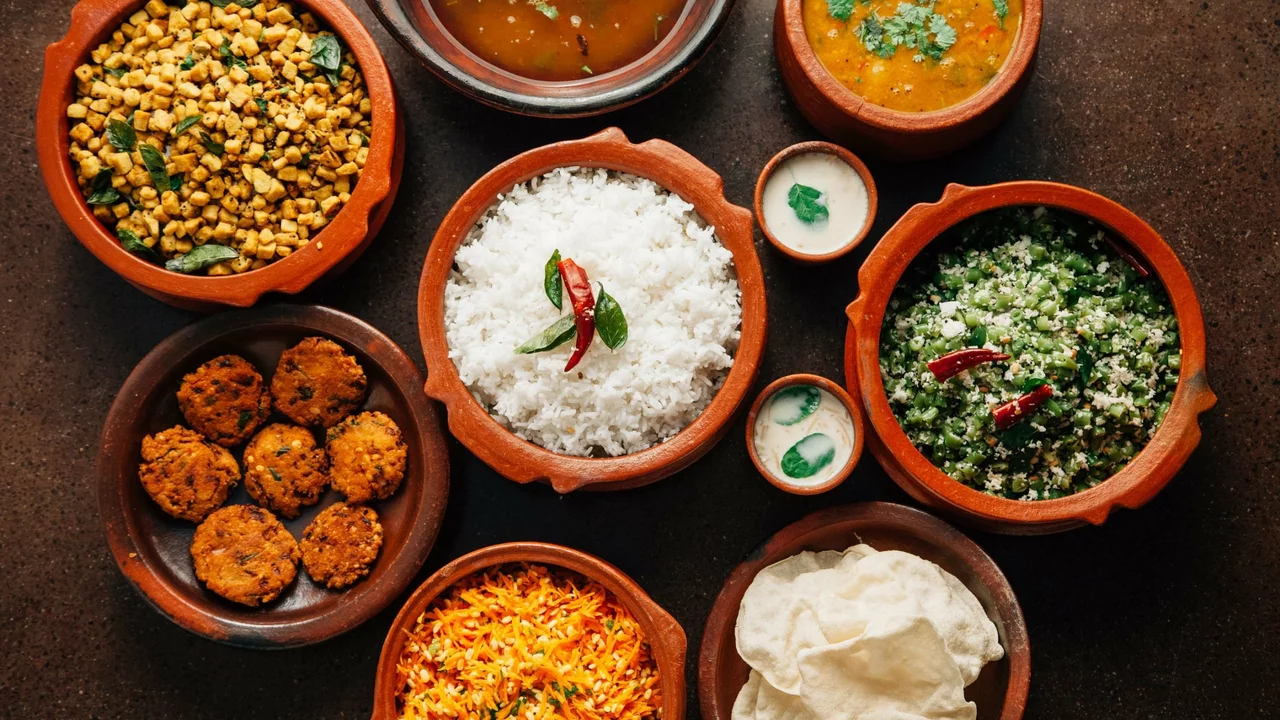Food availability: where to find food and how to keep it
Running low on staples or not sure where to buy fresh food? That worry is normal. Food availability depends on timing, local supply chains, and how you shop. This guide gives clear, practical steps to find groceries fast, stretch what you have, and reduce waste so you never get caught off guard.
Where to look first
Start with local options. Check nearby grocery stores and their off-peak hours—early morning or late evening often have the best restocks. Farmer markets and roadside vendors sell seasonal produce that’s fresher and usually cheaper than supermarket imports. Don’t forget neighbourhood convenience stores; they often carry essentials when bigger shops run out.
Use simple online tools: supermarket stock updates, delivery apps, and store WhatsApp groups can tell you what’s available before you travel. If you can’t reach a store, ask a friend or neighbour who passes by to pick up a few items for you.
Community resources help when availability is low. Food banks, community kitchens, and local co-ops distribute supplies and share tips on sourcing. Many areas have community fridges or exchange groups where people leave surplus food for others to use.
Store and stretch what you buy
Buy smart, not just more. Make a short list focused on versatile staples: rice, lentils, eggs, frozen vegetables, canned tomatoes, and basic spices. Choose foods that can be combined in different ways to avoid boredom.
Use basic preservation to keep food longer. Freeze bread, meat, and chopped vegetables. Blanch and freeze surplus greens. Pickling or quick vinegar pickles extend cucumbers, carrots, and onions. Dry herbs and citrus peels in the sun or a low oven to use later. Label containers with dates and follow first-in, first-out: use older items before newer ones.
Learn simple substitutions. If milk runs out, use yogurt or water-plus-butter in recipes. No fresh greens? Reach for frozen spinach or cabbage. Out of rice? Try millet, broken wheat, or even pasta depending on the dish.
Plan meals for fewer shopping trips. Batch-cook and portion meals to freeze. A cooked pot of dal, stew, or curry keeps well and turns into several meals. Repurpose leftovers—roasted vegetables become fried rice or a sandwich filling.
Read labels to judge shelf life and storage needs. Canned and dried goods are reliable backup, but rotate them so nothing goes stale. Keep dry foods in airtight containers away from heat and sunlight to extend freshness.
Finally, stay flexible. Food availability changes with seasons and supply chains, but knowing where to look, how to store, and how to swap ingredients makes managing shortages simple and stress-free. Try one new tip this week—freeze an extra loaf or visit a farmer market—and you’ll notice the difference quickly.
What type of food is available in the USA for Indians?
Oh boy, have I got a delicious scoop for you folks! The USA, the melting pot of the world, has a smorgasbord of Indian foods that can make any desi heart skip a beat. From tantalizing Tandoori chicken in Tennessee to mouth-watering Masala Dosa in Massachusetts, there's a tantalizing tapestry of tastes to try! Plus, for our vegetarian pals, you'll find an impressive array of veggie options that could make a cow jealous. So pack your taste buds and come join the American Indian food adventure, where every bite takes you on a journey to the heart of India!
read more
